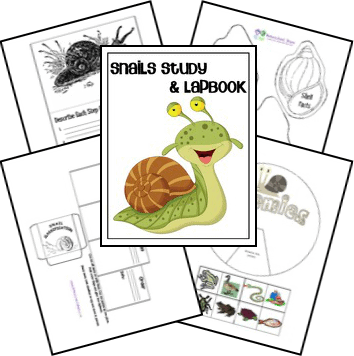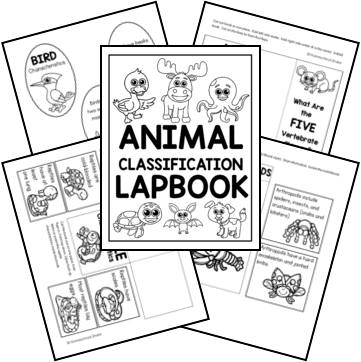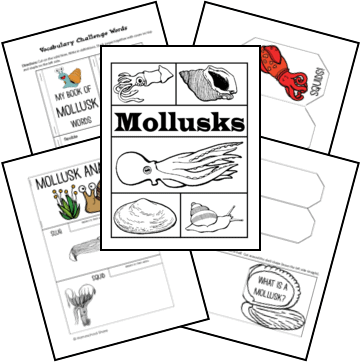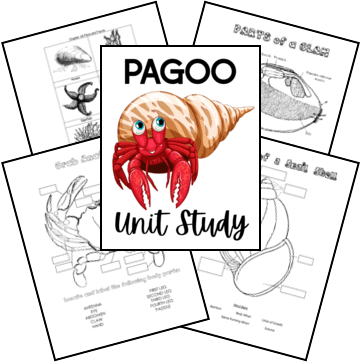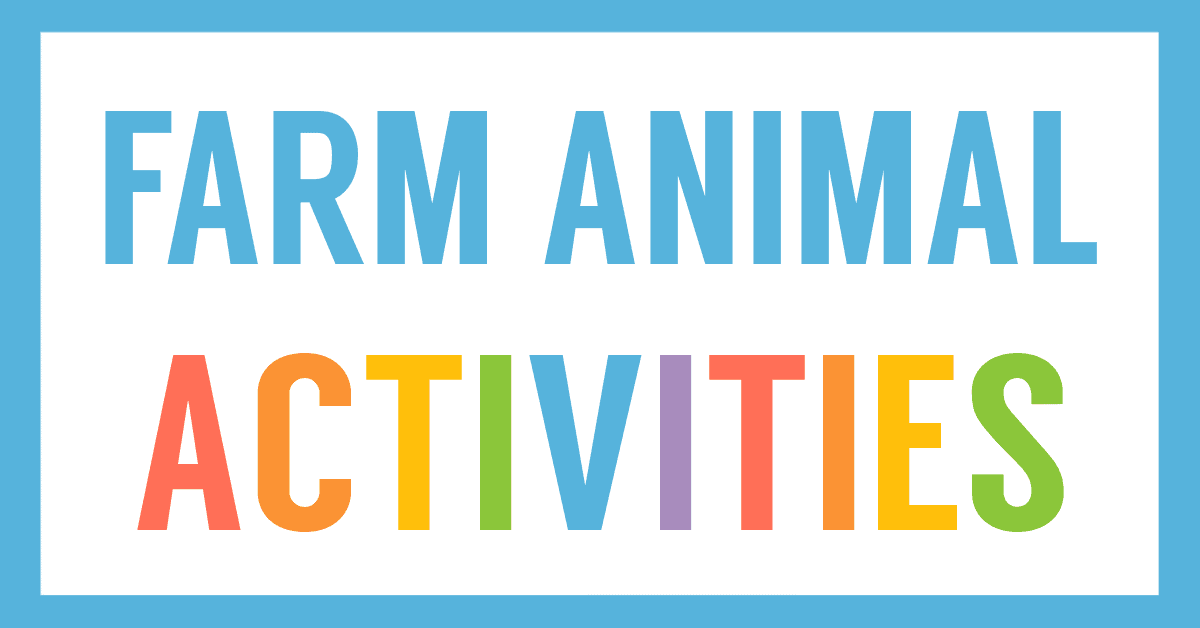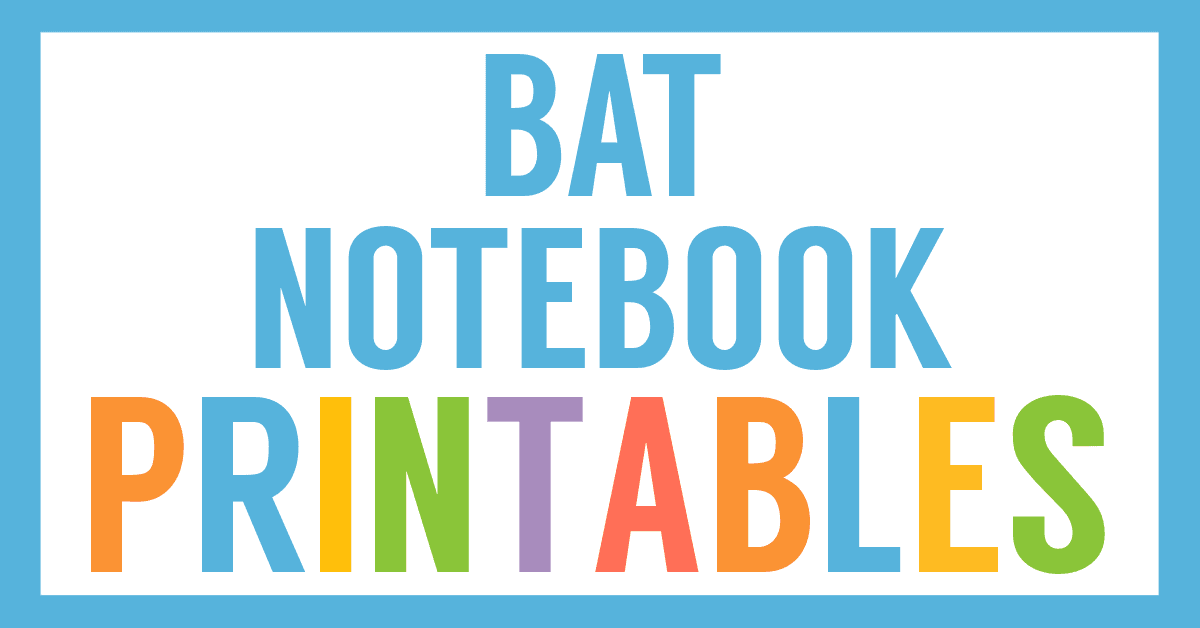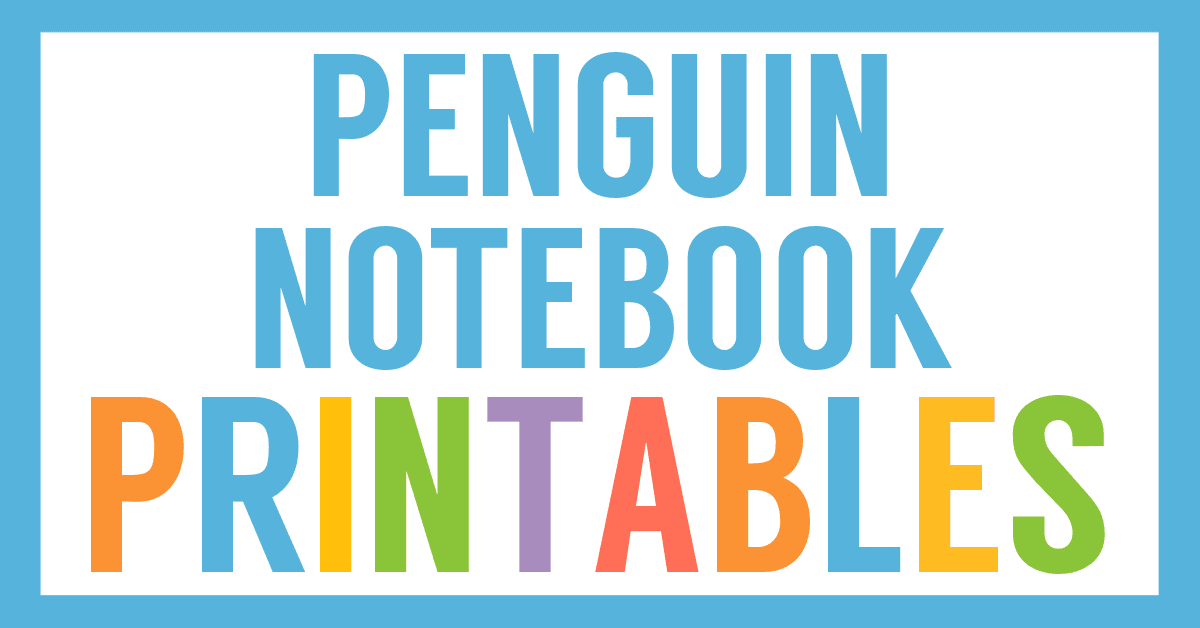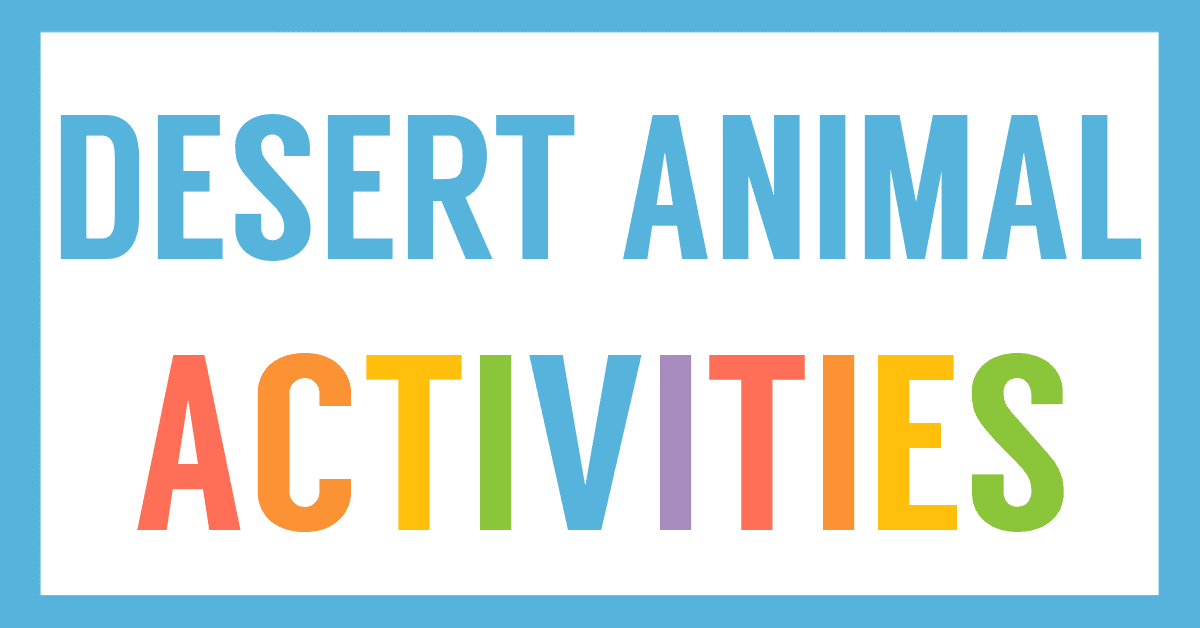Affiliate Disclaimer
We sometimes use affiliate links in our content. This won’t cost you anything, but it helps us to keep the site running. Thanks for your support.
Snails are a fantastic choice for an animal study because most of us have access to them in our gardens and yards. Your student can observe snail behaviors while completing this Snail Lapbook.
Thanks to Wende for creating this Snail Lapbook for Homeschool Share.
Snails Lapbook Information
Here are some sample lessons from the Snails Lapbook:
Land Snails: The most common land snail is the garden snail. The scientific name for the garden snail is Helix aspersa. They have two pairs of tentacles, also called feelers, with the largest ones bearing eyes on the ends.The tentacles carry sense organs that help the animal find its way around. Land snails withdraw into their shells when water is scarce and become dormant. They can exist this way for many years. In cold climates the garden snails hibernate during the winter. Snails live 5 to 10 years, and have even lived as long as 15 years.
Pond Snails: Freshwater snails are also referred to as pond snails. Pond snails have one pair of tentacles, with the eyes at the base.Fresh water snails live in ponds, rivers, and creeks. While a few pond snails have gills and will swim at the bottom of the pond, most have lungs and live near the surface where they can come up for air. Pond snails are often purchased to put in freshwater aquariums to eat the algae that build up on the glass.
Habitat: A habitat is the place that plants and animals live, with everything they need to function and survive. A habitat will include food, water, and shelter. There are many different habitats throughout the world, including desert, prairie, rainforest, woodlands, pond, etc. What kind of habitat do snails and slugs need? Pulmonates need moisture. Without it they will shrivel up and die. So snails and slugs like cool, damp places such as ponds, gardens, wetlands, and woods. They also need a place that has much foliage, where dead leaves and debris will fall to the ground for them to eat off of. In ponds, snails will eat algae, and decomposed plants and even animals. Snails and slugs do not live in dry, plant-free areas.
Slime!: All snails and slugs need moisture to keep their bodies damp. The reason that some snails and slugs can survive on land is because they can create their own moisture. Have you ever watched the slimy trail a land snail or slug leaves behind as it moves forward? Have you ever picked up a slug, and get your hand covered with slime that was hard to wash off? These pulmonates create their own slimy mucous. One of the biggest dangers to pulmonates is drying out. If they get dry, they will shrivel up and die. This slimy mucous they make helps to keep their bodies moist and protected from the dry terrain they cross. It also helps them glide more smoothly, even across sharp objects, without hurting themselves. If the weather gets too dry, snails and slugs can cover themselves with the slimy mucous and “rest” until rains come again. Pulmonates use this slimy mucous for protection from predators, too. No animal wants a mouthful of gooey slime!
You can grab a copy of the entire Snails Lapbook in an easy-to-print file at the end of this post.
Snails Lapbook Printables
The following mini-books are included in the Snails Lapbook:
- Why Snails and Slugs Slime Simple Fold
- Vocabulary Tab Book
- The Three Sluggards Fairy Tale
- Snail Story Starters
- Snail Respiratory System Flap Book
- Snail Copywork
- Snail Life Cycle Simple Fold
- Snails Layer Book
- Snail Digestion Mini-book
- Snail Classification Cards & Pocket
- “The Snail and the Mirror” (Aesop’s Fable) Narration Book
- Shell Facts Shape Book
- Pulmonates Venn Diagram
- No Snails in the Garden Simple Fold
- Snail Matchbooks
- Habitat Mini-book
- Pond Snails vs. Garden Snails Venn Diagram
- Snail Predators Wheel
How to Get Started with Your Snails Lapbook
Follow these simple instructions to get started with the Snails Lapbook.
- If you want, go to your local library and check out books about snails (and slugs).
- Print the Snails Lapbook.
- Choose and prepare the mini-books you want to use with your student.
- Enjoy a week of reading and learning all about snails.
Download Your Snails Lapbook
Simply click on the image below to access your free Snails Lapbook.
Learn More About Invertebrates with Animal Lapbooks
Snails are invertebrates. You can learn more about the differences between vertebrates and invertebrates with our Animal Classification Lapbook.
Snails are also mollusks. Learn about other animals in the mollusk family with our Mollusks Lapbook.
This Pagoo unit study (based on a book by Holling C. Holling) includes information about various invertebrates, including sea snails.
Find tons more animal lapbooks here.

